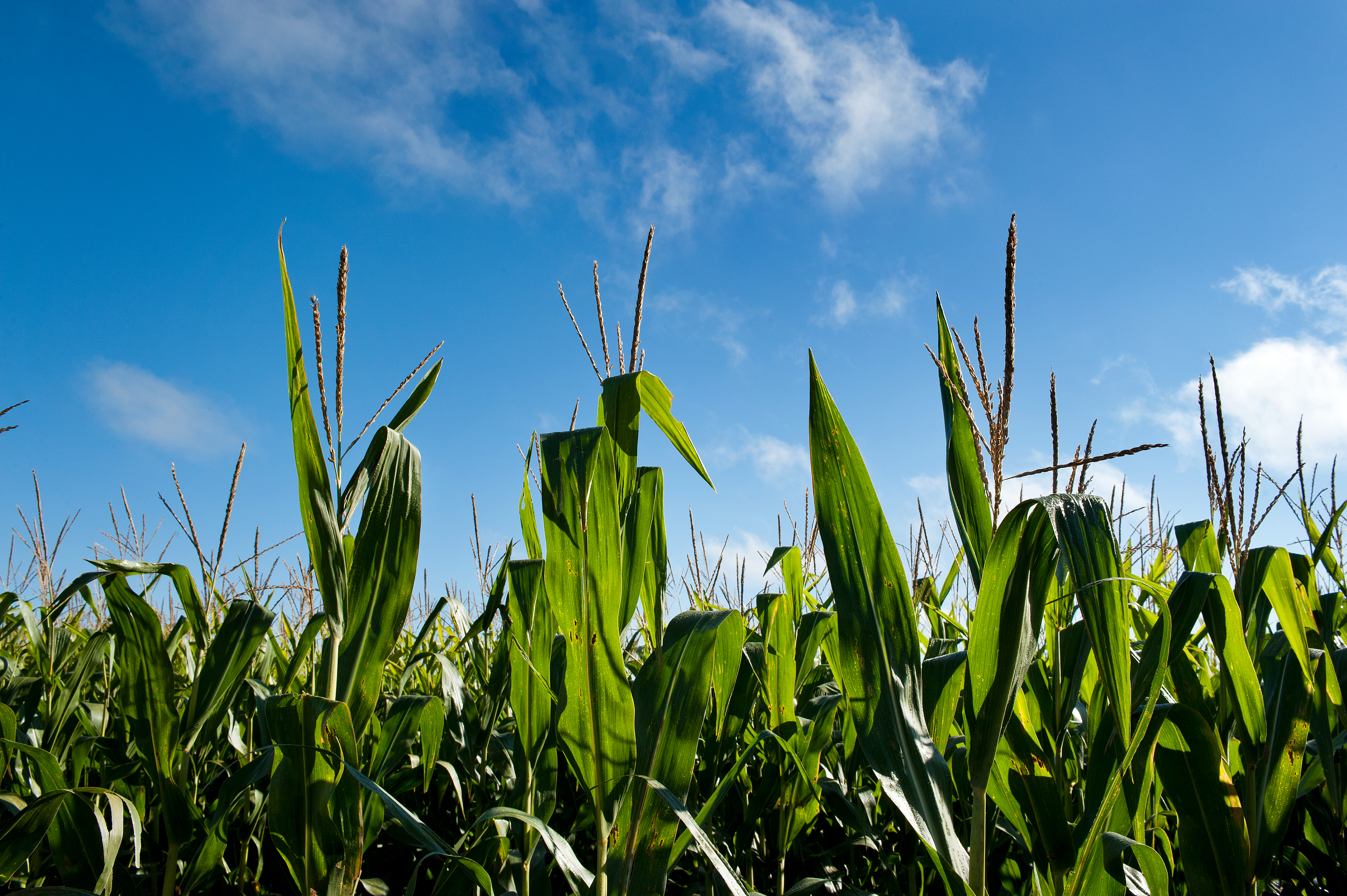Nitrogen inputs are essential for optimum corn production. This essential nutrient can be supplied from: 1) soil organic matter, 2) a previous legume crop, 3) livestock manure, and, 4) commercial fertilizers. Nitrogen in soils is a complex and dynamic system. Management of this essential nutrient is not easy and there can be direct environmental implications. During Farm Fest held August 2 – 4, we conducted a survey of farmers asking a number of key questions regarding the use of nitrogen. Here is a summary of the survey.
Who makes N rate decisions
63% were made by the farmer with a similar percentage utilizing a professional agronomist. 27% indicated that nitrogen decisions were a joint decision by the farmer and the professional agronomist.
What are N rates are based on
73% considered their past experience with 59% utilizing university suggestions. 27% utilized their previous experience combined with university suggestions.
Are predictive models used
There are a number of models that attempt to predict the need for nitrogen use throughout the growing season including: Adapt N, Climate Corp Fieldview, Encirca N, Farmers Edge and others. 31% of the farmers used one of the predicative models.
How do N rates vary across the farm
20% of the farmers surveyed used the same N rate across all their corn acres. 46% of the farmers surveyed varied N rates by field with 34% varying their N rates within fields.
What factors are considered when making N rate decisions
81% of the farmers utilized soil tests. 63% were making adjustments to the N rate based on the previous crop. 50% of the farmers were making adjustments for manure use and soil organic matter. Soil type was considered by 47% of the farmers with 34% making adjustments for the nitrogen contained in fertilizers such as ammonium sulfate, ammonium phosphate, or mono ammonium phosphate.
When is N applied
65% utilized spring application, followed by 59% applying the nitrogen in the fall of the year. Nitrogen application supplied via starter was being utilized by 27%. 29% were split applying with a portion in the fall with the remainder in the spring of the year. 9% utilized an in season application of nitrogen or nitrogen stabilizer.
What is the N source
74% of the surveys indicated that they use commercial nitrogen sources with 9% using and combination of manure and nitrogen commercial fertilizer. Manure was the total nitrogen source for 6% of the farmers surveyed.
Is nitrogen use efficiency – NUE (nitrogen applied per bushel produced) – calculated and tracked
46% calculated by field, with 29% on a whole farm basis. 25% determined NUE by management zones.
Overall, the number of farmers who have adopted a model to predict use of N is impressive. With time, the models will be improved. As is the case with all new technologies, tools used to predict N use will improve with research. The number of farmers making adjustments for manure and soil organic matter is encouraging. We should encourage the use credits for manures and soil organic matter in overall nitrogen management for corn. It was encouraging to see the number of farmers that are utilizing spring application of nitrogen. The use of in-season application of nitrogen and the use of nitrogen stabilizers was less than expected. University data show the positive yield advantages as well as the environmental benefits from the use of these management practices.
Utilization of 4 R’s of Nutrient Stewardship: Right fertilizer source at the Right rate, at the Right time and in the Right place will allow farmers to provide efficient and environmentally sound use of nitrogen.
We would like thank all who participated in our survey at Farm Fest. We plan on utilizing the survey at our upcoming winter meetings.
- Discovery Farms Minnesota 2016 Data Review - May 15, 2017
- Free nitrate screening available - May 4, 2017
- Get Smart with Nitrogen Smart Workshops - December 1, 2016
